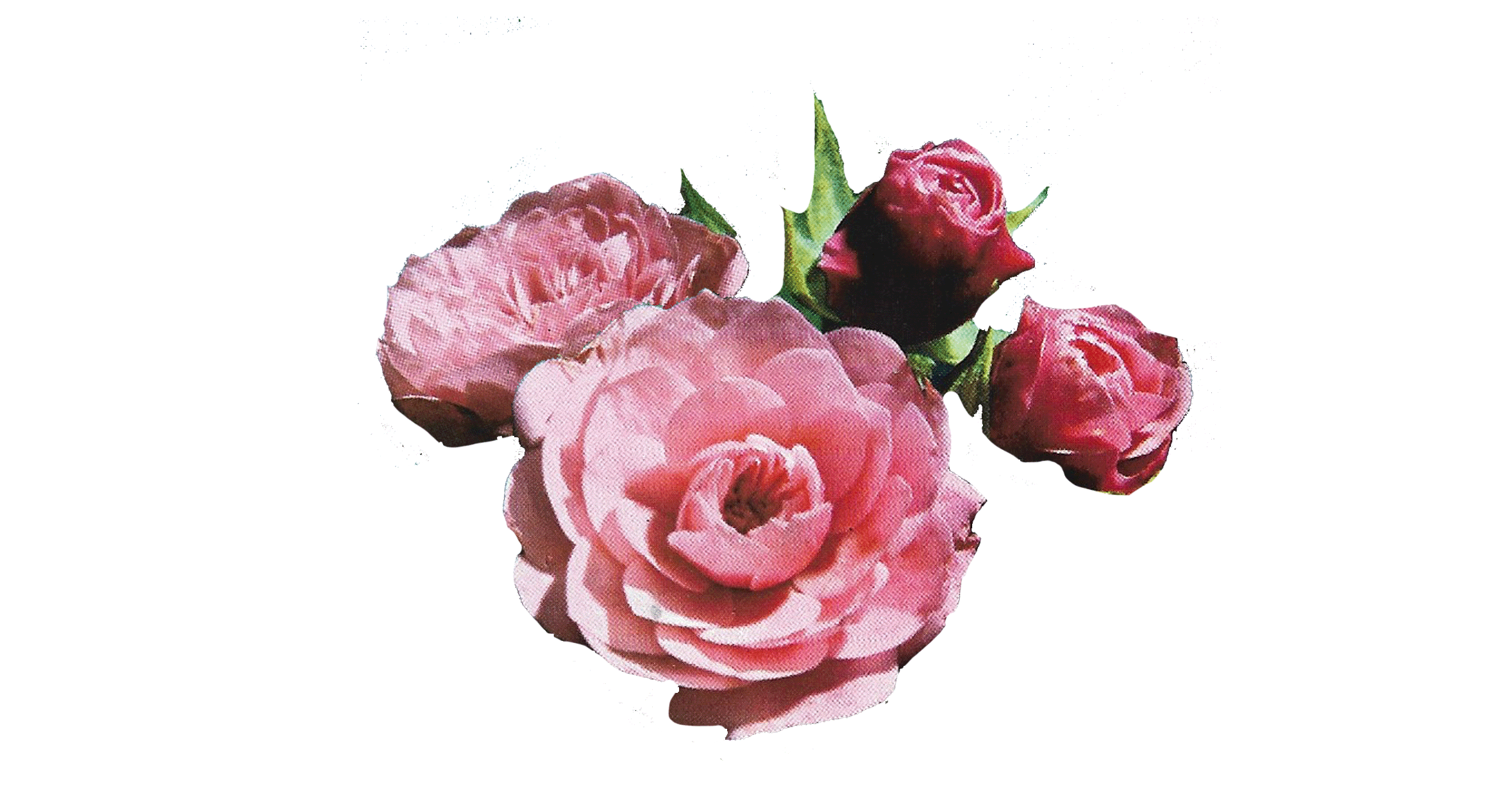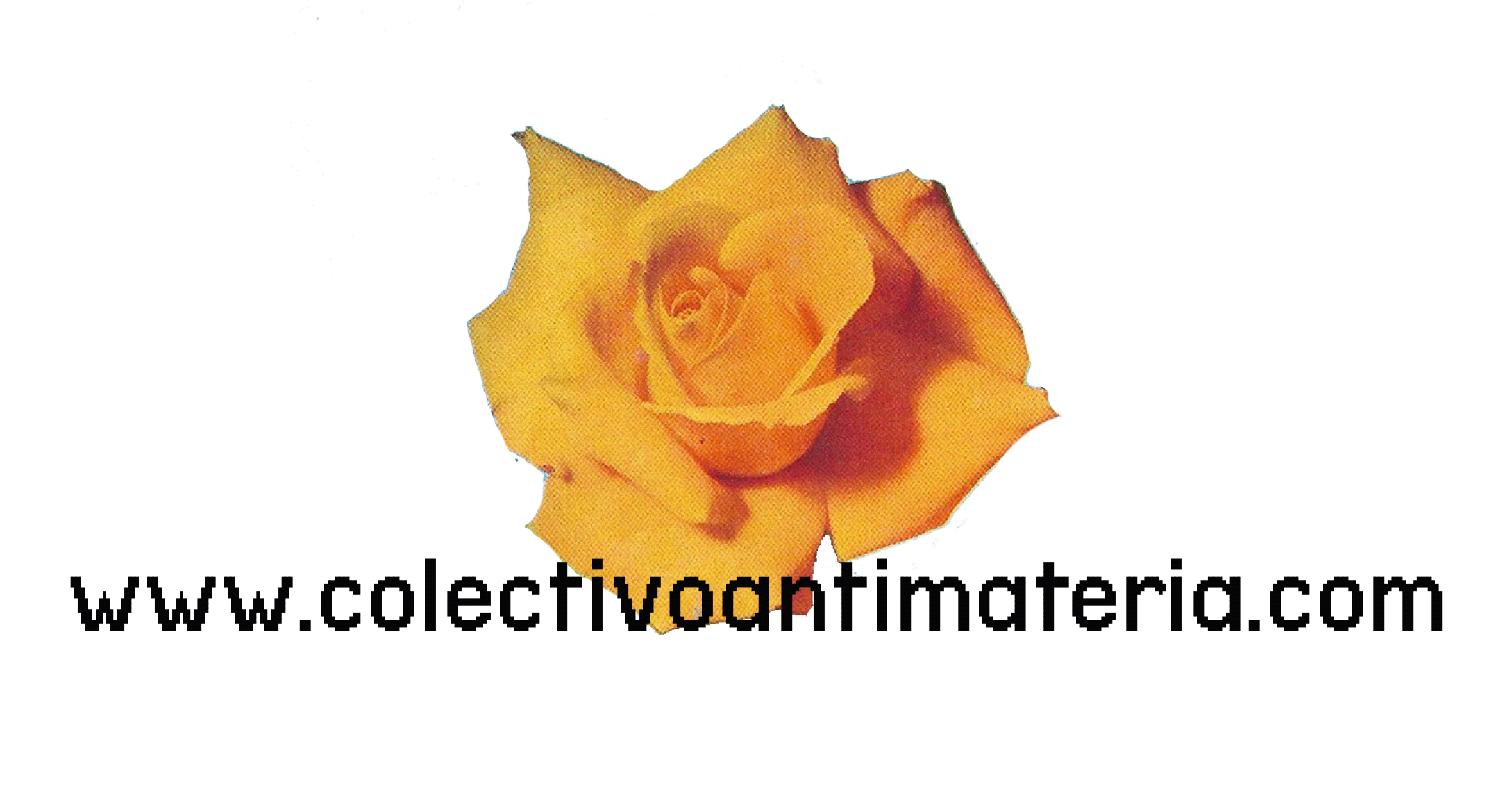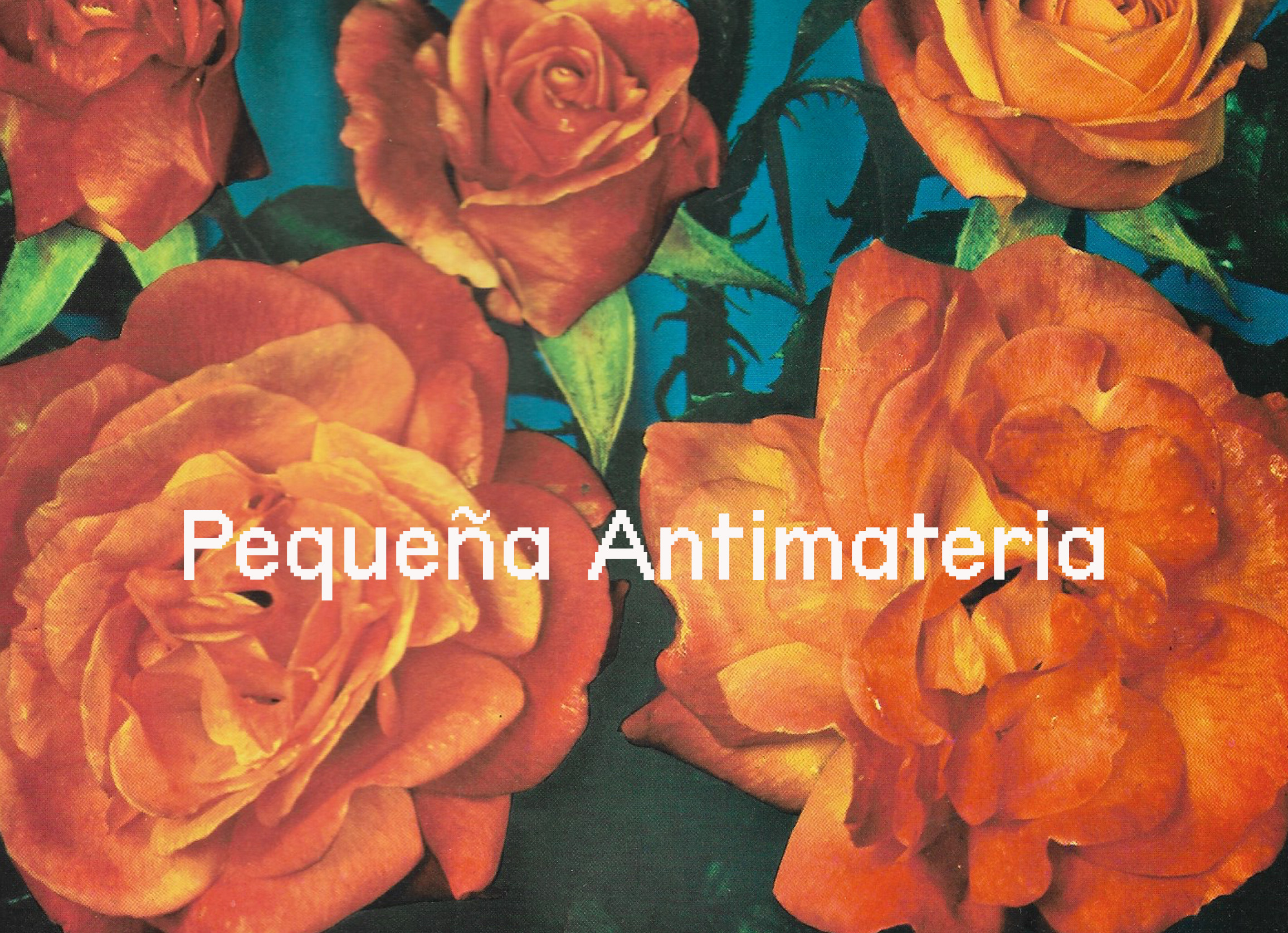Así se empieza Mayo: esta quinta entrega propone cuatro reflexiones maravillosas, en sintonía total con nuestro espíritu.
Te adoramos Cris Noguer.
May begins and this fifth edition proposes four wonderful reflections
in total harmony with our spirit. We adore you, Cris Noguer.
Te adoramos Cris Noguer.
May begins and this fifth edition proposes four wonderful reflections
in total harmony with our spirit. We adore you, Cris Noguer.

Cris Noguer es investigadora y diseñadora. Su trabajo se enfoca en la política y cultura de los materiales, explorando imaginarios hacia futuros más habitables.
Su práctíca le ha llevado Chile, la India, Nueva York y Barcelona, colaborando en organizaciones de diferente escala. Actualmente trabaja en BCN y forma parte del Colectivo HOLON que desarrolla proyectos en torno a la vivienda, la energía, la economía circular y la sostenibilidad. Forma también parte de L´ALUENT, una corporativa de servicios musicales y educativos. Y mil cosas maravillosas más! Puedes echar un vistazo en:
https://cristinanoguer.com/
https://www.instagram.com/cris_noguer/
********
Cris Noguer is a researcher and designer. Her work focuses on the politics and culture of materials, exploring imaginaries toward more livable futures. Her practice has taken her to Chile, India, New York, and Barcelona, collaborating with organizations of different scales. Currently, she works in BCN and is part of the HOLON Collective which develops projects around housing, energy, circular economy, and sustainability. She is also part of L'ALUENT, a collective around music and education. And a thousand other wonderful things! You can take a look at:
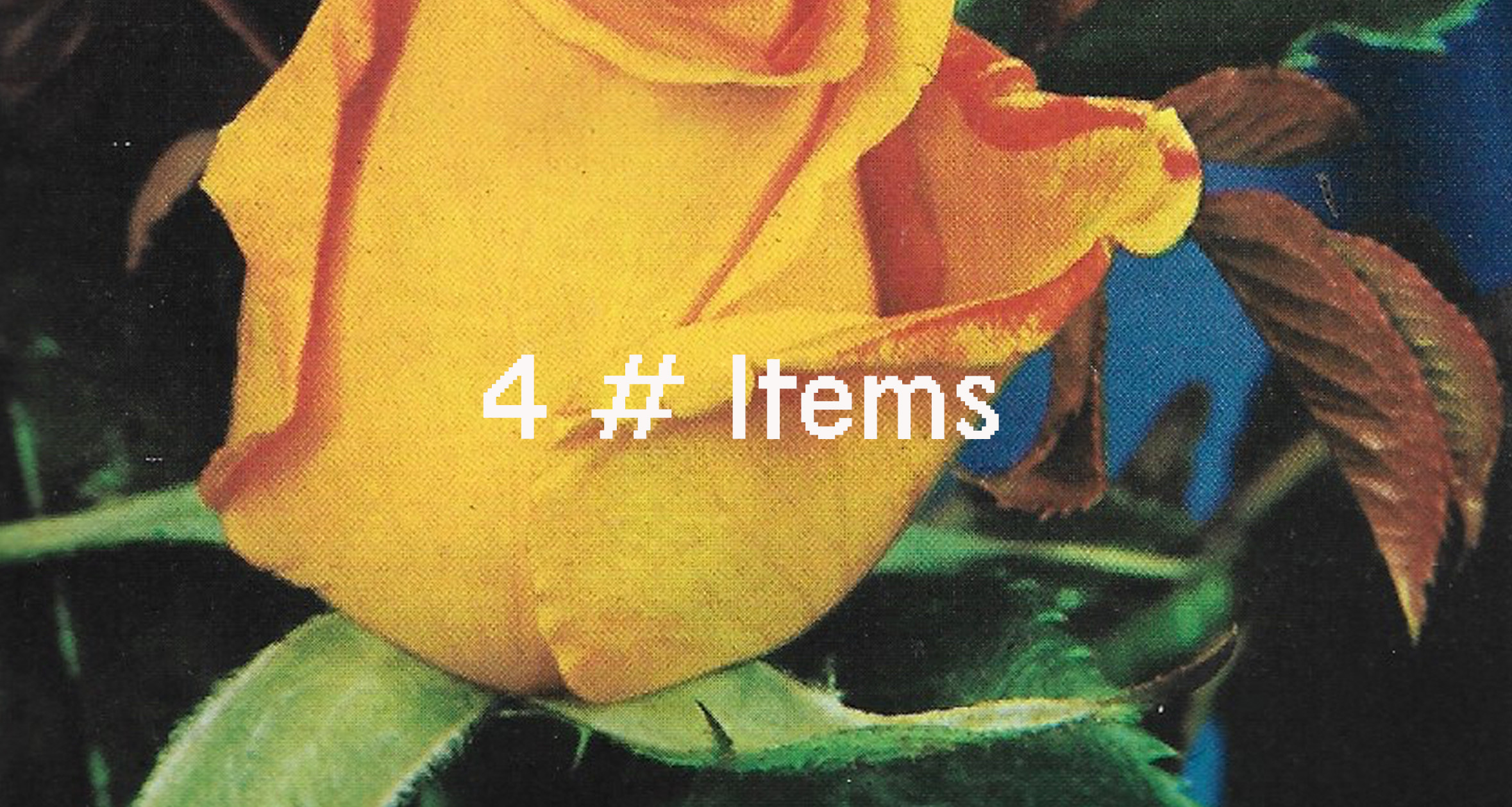
Item #1
Mientras espero la aprobación de la solicitud: Llevo varios meses trabajando en un proyecto lento, es en un edificio del 1849 y he ido repitiendo muchas veces la palabra patrimonio. Preservar el valor patrimonial, representar la riqueza patrimonial, lo auténtico patrimonial.
Patrimonio: viene del latín patrimonium, patri (padre) y del sufijo -monium, el origen de este parece un poco confusa, o bien -calidad de- o -especializado en designar un conjunto de actos o situaciones rituales y jurídicas-.
Pensé en que si su igual femenino sería patrimonia, pero no existe, su igual femenino es matrimonio.
Matrimonio, viene del latín matrimonium, matrem -madre- y monium -calidad de-.
Así que el matrimonio es la titularidad jurídica que, a través de un acto ritualístico, da a la mujer la calidad de madre legítima pero, en cambio, patrimonio no es una situación ritualistica y jurídica que da calidad de padre al hombre, sino un conjunto de actos ritualisticos y jurídicos que legitiman al padre (patri) a la transferencia intergeneracional de la cultura material.
Al entender que la relación entre matrimonio y patrimonio es que el objetivo de la mujer era ser madre y el del hombre acumular bienes, se dibuja en mi mente una imagen de como sería el mundo material que nos rodea hoy, si hubiera sido “mater” (materia y materno en latín) que hubiera adquirido la titularidad jurídica de la cultura objetual del mundo.
La imagen es del colectivo Chipko, movimiento ecologista iniciado en los años 70 por mujeres campesinas en la India. La primera imagen que me sale cuando googeleo “patrimonio”.
While I wait for the approval of the application, I have been working on a slow project for several months. It is in a building from 1849, and I have been repeating the word "heritage" many times. Preserving the heritage value, representing the heritage wealth, the authentic heritage.
Heritage comes from the Latin word patrimonium, patri (father), and the suffix -monium, whose origin seems a bit confusing, either meaning "quality of" or "specialized in designating a set of ritual and legal situations and actions."
I thought that maybe its female counterpart would be patrimonia, but it does not exist. Its female counterpart is marriage.
Marriage comes from the Latin word matrimonium, matrem (mother), and monium (quality of).
So marriage is the legal ownership that, through a ritual act, gives a woman the quality of a legitimate mother. However, heritage is not a ritual and legal situation that gives the man the quality of a father (patri), but rather a set of rituals and legal acts that legitimize the intergenerational transfer of material culture to the father.
Understanding that the relationship between marriage and heritage is that the woman's goal was to be a mother, and the man's goal was to accumulate wealth, draws in my mind an image of what the material world around us today would be like if "mater" (matter and maternal in Latin) had acquired legal ownership of the objective culture of the world.
The image is of the Chipko Collective, an environmental movement initiated in the 1970s by peasant women in India. The first image that comes to mind when I google "heritage.

Item #2
La cultura objetual capitalizada del presente tiene poco que ver con la que vivieron mis abuelas y nuestros ancestros. En muchas culturas ancestrales y actuales del globo la cultura objetual rodea a conceptos parecidos al animismo, ese entender la materia vibrante de los objetos y elementos naturales presuntamente inanimados (nos) afectan en múltiples dimensiones (*).
Hace poco se lo escuchaba decir al pensador Achille Mbembe en una conferencia que dió en el Macba dentro del programa abierto del PEI y también a la investigadora Shoko Yoneyama que a través de su investigación sobre el trabajo del director Miyazaki Hayao desarrolla el concepto animismo crítico. Yoneyama és l'autora de "Animism in Contemporary Japan: Voices for the Anthropocene from post-Fukushima Japan (Routledge, 2018)" en este escrito pone de manifiesto que en las películas de Miyazaki el uso del animismo crítico pone en cuestión el antropocentrismo, el eurocentrismo y el dualismo para generar un espacio para repensar la relación entre lo humano y lo más que humano, y de esta forma poder imaginar nuevos paradigmas donde se pueda percibir la naturaleza como una no-dualidad entre el mundo en vida y el mundo espiritual.
Es evidente el impacto emocional que los objetos nos producen, a mí me gusta todo lo que brilla. Los objetos que nos posibilitan y nos conforman, y los recursos naturales que los posibilitan merecen una relación.
(*) Jane Bennett, Materia Vibrante, una ecología política de las cosas, de Caja Negra ed.
The object culture of the present has little to do with what was experienced by our ancestors and grandmothers. In many ancestral and current cultures around the world, object culture surrounds concepts similar to animism, which is the understanding that the vibrancy of supposedly inanimate objects and natural elements affects us in multiple dimensions.
Recently, I heard the philosopher Achille Mbembe talk about this at MACBA as part of the PEI open program. I also came across the work of researcher Shoko Yoneyama, who developed the concept of "critical animism" through her research on the films of director Miyazaki Hayao. Yoneyama is the author of "Animism in Contemporary Japan: Voices for the Anthropocene from post-Fukushima Japan (Routledge, 2018)" and argues that Miyazaki's use of critical animism questions anthropocentrism, eurocentrism, and dualism to create a space to rethink the relationship between humans and the more-than-human, imagining new paradigms where nature can be perceived as a non-duality between the world of the living and the spiritual world.
It is evident that objects have an emotional impact on us; I personally like everything that glow. The objects that enable and shape us, as well as the natural resources that make them possible, deserve a relationship.
(*) Jane Bennett, Vibrant Matter: A Political Ecology of Things, published by Caja Negra ed
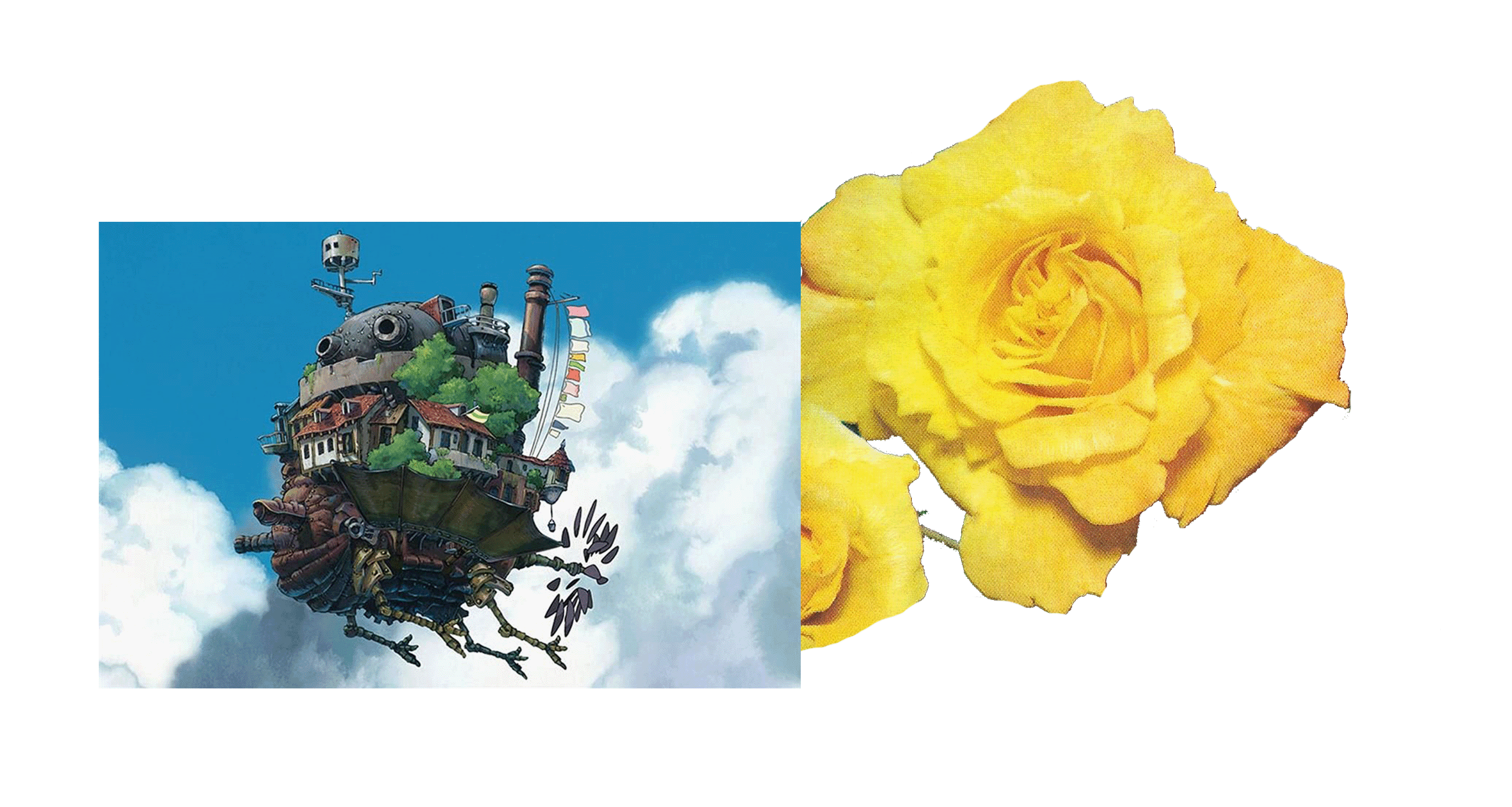
Item #3 Bling
Llevo años intentando averiguar porque me gusta todo lo que brilla.
I have been trying for years to figure out why I like everything that glows
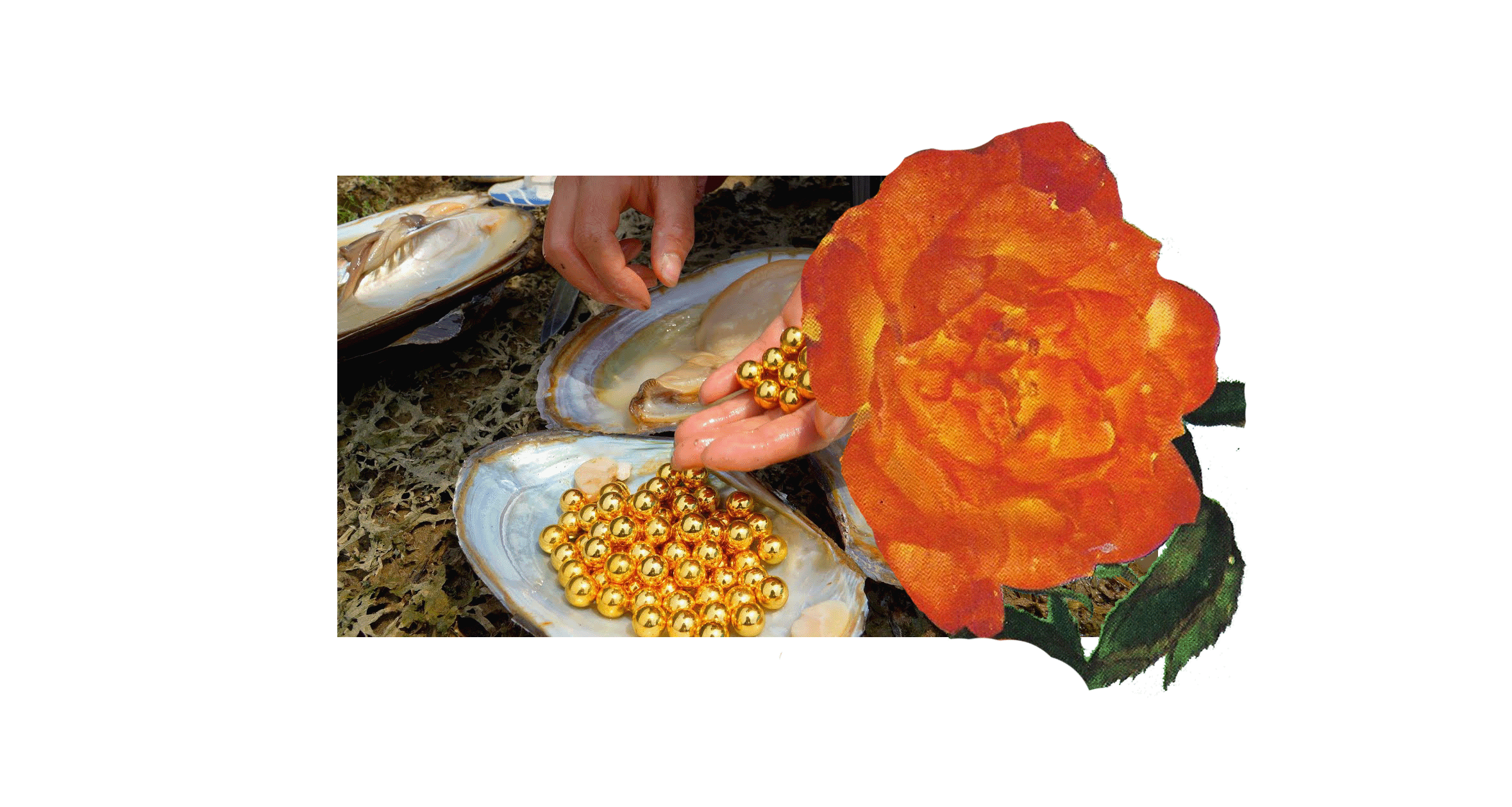
Item #4. Item recurrente
Para terminar quería compartir con vosotres un pequeño texto que escribí sobre la artesanía y que me lleva persiguiendo supongo hasta que un día le haga caso.
"El tiempo de espera, de observación y reflexión, que te obliga la materia, me parece un acto de amor.
Estar pausado un acto de valentía.
Materializar desde una mirada que reta la eficiencia, la productividad y la globalidad, un acto político.
Experimentar la forma amorfa, irregular, desigual, errónea, celebrando las restricciones del territorio, un buen lugar para innovar.
Sea de una forma consciente o no, la artesanía me parece un buen lugar desde donde practicar la ecología, una ecología holística y no elitizada.“
Estoy lejos de esta valentía que describo!, de hacerme el tiempo para esto, aún me enfada profundamente no conseguir que la materia haga lo que yo quiero, continuo sin disfrutar de la incertidumbre y me frustra la poca destreza.
Igual, ahora pienso, que no le podía hacer caso porqué la exigencia final del texto es muy de patrimonio y poco de matrimonio, y que deja vibrar poco a la materia.
To conclude, I would like to share with you a short text I wrote about craftsmanship, which has been haunting me, I suppose until I pay attention to it.
"The waiting time, observation, and reflection that the material requires seem to me an act of love.
To be still is an act of bravery.
Materializing from a perspective that challenges efficiency, productivity, and globalism is a political act.
Experimenting with the shapeless, irregular, unequal, and erroneous, while celebrating the constraints of the territory, is a great place to innovate.
Whether consciously or not, craftsmanship seems to me a good place to practice ecology, holistic ecology that is not elitist."
I am far from the bravery I describe! I still get deeply frustrated when I can't make the material do what I want. I still don't enjoy uncertainty, and I'm still frustrated by my lack of skill.
Perhaps now I realize that I couldn't pay attention to it because the text's final demand is more about heritage and less about marriage, leaving little room for the material to vibrate.
